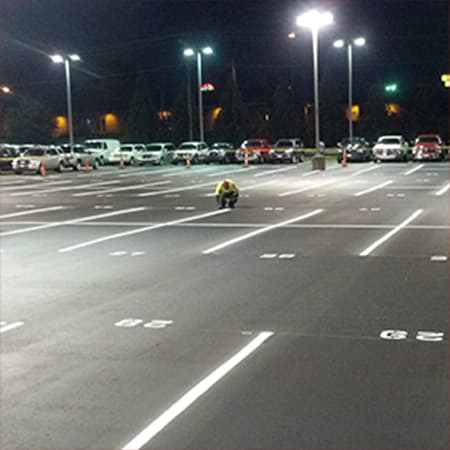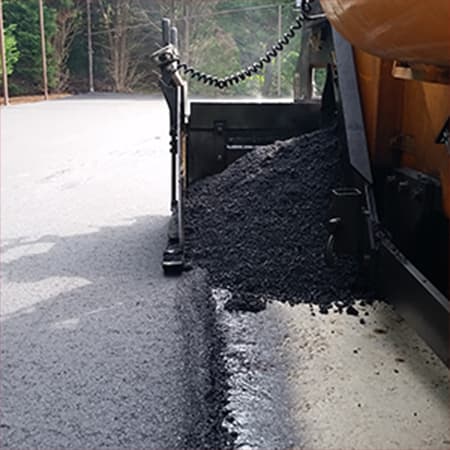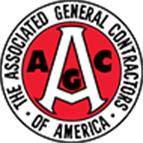Differences Between Asphalt Patching, Peel & Pave, and Mill & Pave
Asphalt Patching
Patching is a common and cost-effective asphalt repair in areas with a stable base but cracked asphalt on the surface, in areas with drainage issues, or in places where potholes have formed.
How Does Asphalt Patching Work?
First, Raleigh Paving cleans the repair area and applies a tack coat to help the new asphalt adhere to the existing surface. A layer of fresh asphalt ranging in depth from 1†to 2.5†is then installed upon the existing surface. Patching is a cheap but temporary solution to asphalt defects; it will not last as long as removal and replacement. Eventually, cracking will reflect through the new patch, or spread beyond the patch.
Asphalt Removal & Replacement
Asphalt removal and replacement or “peel & pave” is a common practice and a longer-term repair than patching. The repair is often prescribed for areas with surface cracking and/or base failure.
How Does Peel & Pave Work?
The first step in the “peel & pave” process is to saw cut the perimeter of the repair area in order to achieve a smooth, even edge. After the edges are saw cut, the damaged asphalt is removed to a specified depth.
Typically, the new asphalt is installed in 2 lifts: a binder course (usually at 3″ deep), followed by a 1″ top course. The depth of new asphalt will vary depending on the extent of existing damage and the load requirements of the surface. Peel & Pave can last up to 10 times longer than simple patch work, making asphalt removal & replacement a cost-effective and more permanent solution to distressed and damaged areas – so you can have peace of mind over time!
Mill & Pave
Milling, or grinding, takes a much different approach than either patching or peel & pave in that it removes built-up layers of deteriorated asphalt down to a specific depth, making room for a new surface. It is ideal for larger areas.
How Does Mill & Pave Work?
Mill & Pave begins by grinding up the existing asphalt into a tiny, gravel-like material (often referred to as “millings”). The millings are then hauled off-site and can easily be recycled. The newly-grinded surface is then layered with tack and set to receive a fresh, smooth coat of asphalt. In many cases, mill & pave is done on large surface areas where a peel and pave or patch is just not sufficient and not cost-effective.
Find out more!
Find out even more about asphalt paving!Find a Solution Now »






